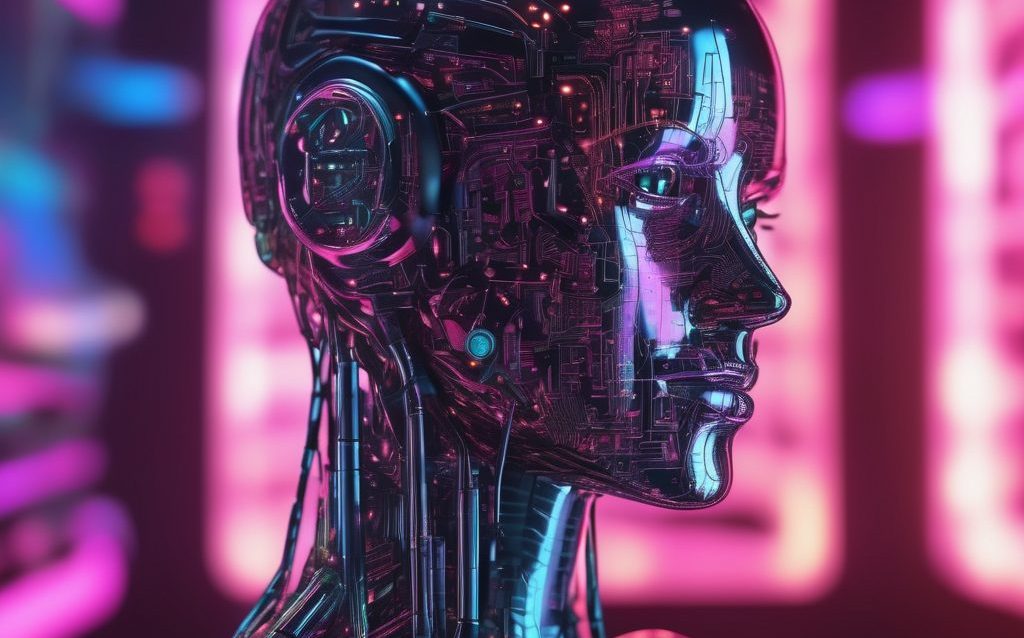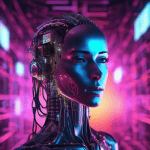AI and Automation – A New Era for Business Transformation
Artificial Intelligence (AI) and Automation are now converging in ways that are revolutionizing how businesses operate. As companies aim to streamline processes, reduce costs, and enhance productivity, the fusion of these two technologies—particularly in the form of Robotic Process Automation (RPA)—is proving to be a game changer.
The Rise of AI in Automation
Historically, automation involved pre-programmed tasks with little flexibility. However, AI is adding a layer of intelligence to automation, enabling systems to learn, adapt, and make decisions based on real-time data. This shift allows businesses to go beyond basic task automation into more complex, dynamic processes.
In industries like telecom, finance, healthcare, and manufacturing, AI-driven automation is optimizing workflows by interpreting data, predicting outcomes, and automating responses without human intervention. For example, in telecom, AI is being used to optimize network performance and resolve customer issues in real time. In manufacturing, AI-driven robotics are revolutionizing supply chains and production lines by adapting to variable conditions.
Robotic Process Automation (RPA) and AI – A Powerful Partnership
RPA has already made significant strides in automating repetitive, rule-based tasks. However, the integration of AI takes RPA to new heights by enabling it to handle more complex tasks that require decision-making, natural language processing, and predictive analytics. This fusion allows RPA to evolve into Intelligent Automation (IA), capable of understanding and interpreting unstructured data like emails, PDFs, and even voice commands.
Enhanced Efficiency: AI-enhanced RPA bots can process large volumes of data faster and more accurately than traditional methods, reducing human error and speeding up business operations.
Scalability: AI-powered automation solutions are scalable across multiple departments, from finance to customer service, allowing businesses to implement automation on a wider scale with minimal oversight.
Cognitive Abilities: By leveraging AI, RPA can now perform tasks that require a cognitive component, such as processing invoices with varying formats or responding to customer queries in natural language.
Benefits of AI and RPA Integration
The integration of AI into automation offers several benefits that are helping businesses achieve a competitive edge:
Cost Savings: By automating repetitive, time-consuming tasks, companies can reduce labor costs and minimize errors, leading to significant financial savings.
Increased Agility: AI allows businesses to respond more quickly to changes in market conditions or customer preferences. For example, AI can automatically adjust marketing campaigns based on real-time customer data.
Improved Compliance: RPA bots can ensure that regulatory requirements are met by consistently applying rules and regulations to processes, especially in industries like finance and healthcare, where compliance is critical.
The Future of AI and Automation in Business
The collaboration between AI and automation is just beginning to scratch the surface of what’s possible. As AI technologies like machine learning and natural language processing continue to advance, we can expect even more sophisticated automation solutions capable of handling tasks that were previously thought to be too complex for machines.
Moving forward, businesses that embrace this convergence will not only benefit from increased efficiency and cost savings but will also gain a strategic advantage in a rapidly evolving digital landscape. The companies that harness the full potential of AI and automation will be better equipped to innovate, grow, and thrive in the future.




